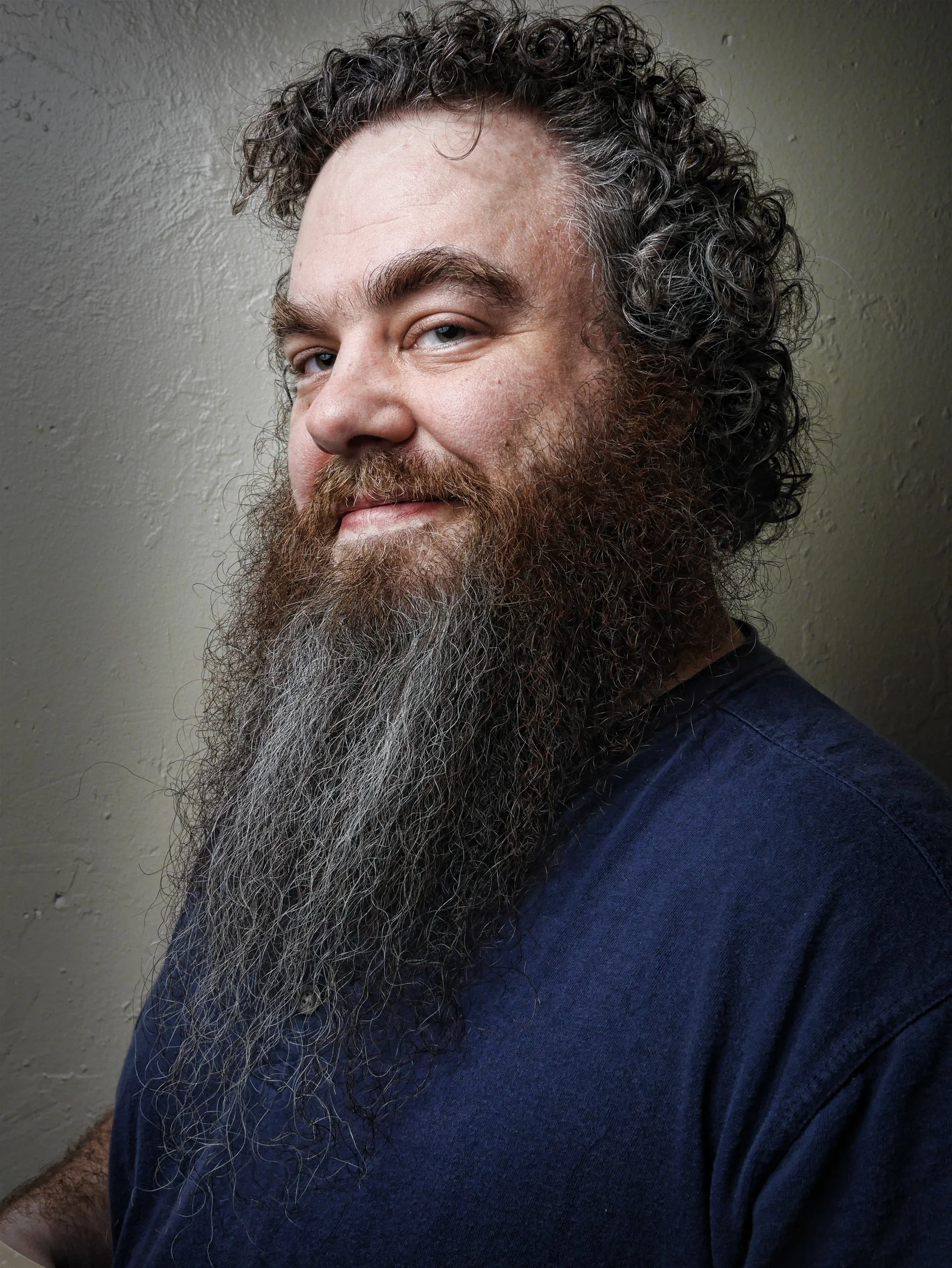
J.R.R. Tolkien
J.R.R. Tolkien
Author Overview By the Side Quest Book Club Podcast
“Not all those who wander are lost.” ~ J.R.R. Tolkien
Why we love J.R.R. Tolkien
Deborah, a huge Tolkien fan, joins Slava and Jonathan as they wrap up J.R.R. Tolkien's The Hobbit.
Author Highlights
Here is what you can expect from a J.R.R. Tolkien story…
Epic scale storytelling
Themes of redemption and good vs. evil
Detailed narratives with extensive lore
Author Bio
John Ronald Reuel Tolkien (1892–1973) was a renowned English scholar and author, celebrated for The Hobbit (1937) and The Lord of the Rings (1954–1955), set in his fictional Middle-earth, populated by Men, Elves, Dwarves, Hobbits, and others. A professor of Anglo-Saxon at Oxford, he specialized in Old and Middle English. His themes resonated with the 1960s counter-culture, and in 1997, he topped British polls as the author of the 20th century’s greatest book.
Born in Bloemfontein, South Africa, to English parents Arthur Tolkien and Mabel Suffield, Tolkien moved to England after his father’s death in 1896. Raised in the West Midlands, he experienced both rural Sarehole and industrial Birmingham. His mother’s conversion to Roman Catholicism in 1900 shaped his lifelong devotion. Orphaned at 12 after Mabel’s death from diabetes, Tolkien and his brother Hilary were cared for by Father Francis Morgan. A gifted linguist, Tolkien mastered Latin, Greek, and other languages, even creating his own for fun.
Tolkien enlisted in 1916, serving in the Somme before contracting trench fever. During recovery, he began The Book of Lost Tales, the foundation of The Silmarillion. Married to Edith in 1916, he worked on his mythology, drawing inspiration from her as Lúthien. After the war, he joined the Oxford English Dictionary team, then became a Reader at Leeds University, collaborating on Sir Gawain and the Green Knight. In 1925, he returned to Oxford as Professor of Anglo-Saxon.
At Oxford, Tolkien joined the Inklings, a literary group that included C.S. Lewis and fostered intellectual exchange. His academic output was sparse but influential, notably Beowulf: The Monsters and the Critics. He taught until retiring in 1959, living a quiet family life with Edith and their four children in Oxford.
Tolkien’s storytelling began with tales for his children, leading to The Hobbit after he wrote, “In a hole in the ground there lived a hobbit.” Published in 1937, its success prompted a sequel, The Lord of the Rings, published 1954–1955 despite initial doubts about its commercial viability. It became a cultural phenomenon, especially after a 1965 pirated paperback sparked a U.S. “cult” following, though Tolkien was ambivalent about the fan frenzy.
Beyond Middle-earth, Tolkien published scholarly essays, translations (Sir Gawain, The Pearl), and stories like Farmer Giles of Ham. Posthumously, Christopher Tolkien edited The Silmarillion (1977), Unfinished Tales (1980), and the 12-volume History of Middle-earth. Later releases included The Children of Húrin (2007) and The Fall of Gondolin (2018). Tolkien’s works continue to captivate readers worldwide.
This bio is based on an extensive write-up on the Tolkien Society’s website.
Slava’s Thoughts
J.R.R. Tolkien came into my life in seventh grade when my teacher assigned The Hobbit. What still awes me is Tolkien’s world-building: languages with actual grammar, histories stretching back millennia, maps you could get lost in, cultures that breathe. He didn’t just invent a setting; he created an entire mythology that feels ancient and lived-in.
For years, Tolkien was the only fantasy author I read. He set the bar so high that nothing else felt worth the time, until Jonathan basically forced Brandon Sanderson and Patrick Rothfuss on me (and okay, he was right). But even now, Middle-earth remains the gold standard. Tolkien doesn’t just tell a story; he hands you a world you never entirely leave.
Jonathan’s Thoughts
My name is Jeff.
If you like J.R.R. Tolkien, you might like …
Ursula K. Le Guin
Genre: Fantasy, Gothic Sci-Fi, Speculative
Brandon Sanderson
Genre: Fantasy, Progression Fantasy
Patrick Rothfuss
Genre: Sci-Fi


